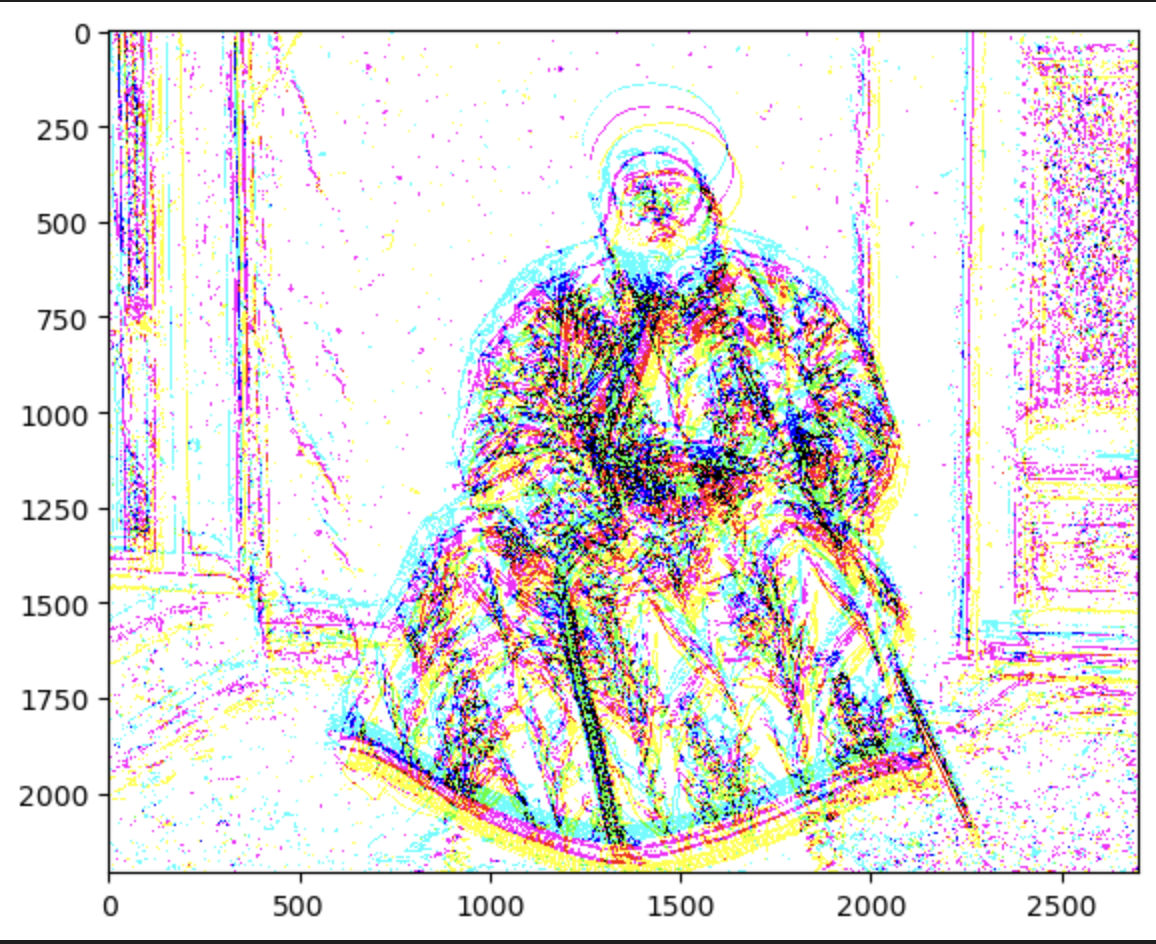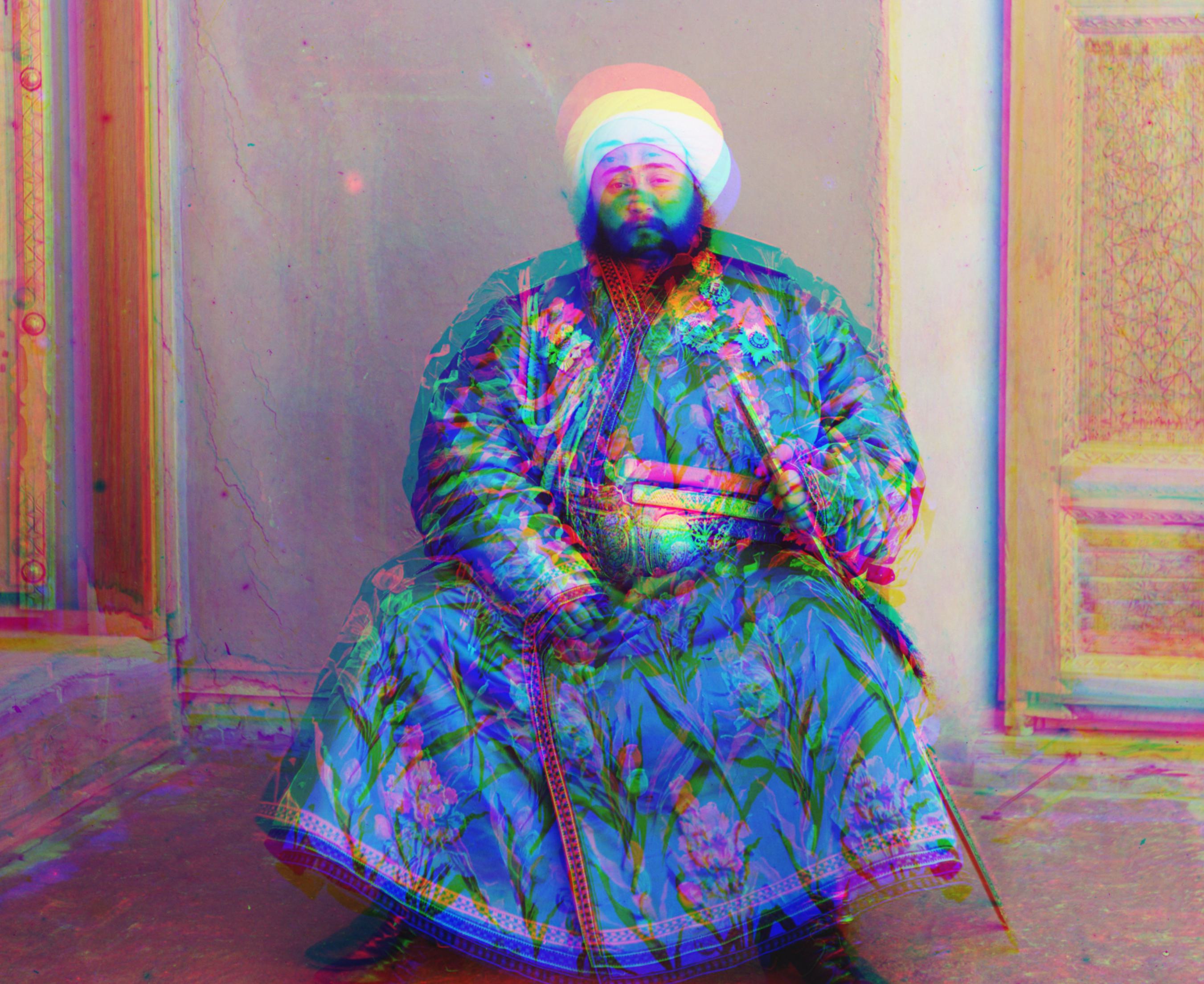For Fall 2024, I am taking an image processing class, and one assignment involves colorizing the historical Prokudin-Gorskii photo collection.
The approach involves splitting each image into its red, green, and blue channels and aligning them to form a full-color image. By iterating over offsets from -15 to 15 and computing the cross-correlation between channels, I could align most images accurately. For higher-resolution images, I implemented an image pyramid for faster alignment.
One challenging image featured a person seated in a chair. To address the alignment issues, I applied an edge detection filter to each channel, aligning the edges by maximizing normalized covariance.
Here’s the result of edge detection on the challenging photo:
Before:

After Alignment:

Low-Resolution Results #
Here are some low-resolution images, with their respective offset values for the green and red channels (in the format (offsetX_g, offsetY_g), (offsetX_r, offsetY_r)):



High-Resolution Results #
For high-resolution images, offsets are applied progressively in an image pyramid (first multiplied by 16, then 8, then 4, and finally 1). Here are the high-resolution images before and after alignment:
Original Images:










Aligned Images:










Note: Some images, like Image 9, did not align well because the channels were not divided cleanly into thirds.
Calculated Offsets #
Here are the offsets used for aligning each high-resolution image.
For further details, you can view the code on GitHub.